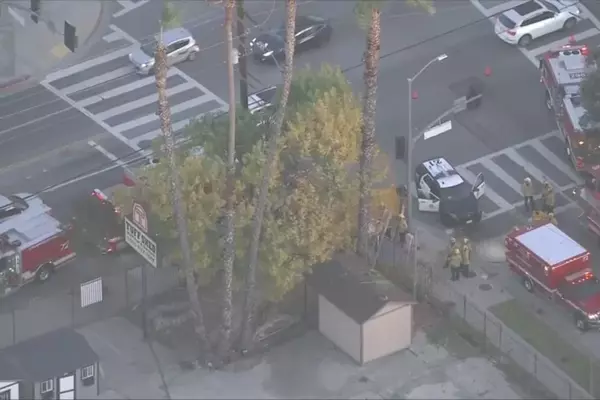President Donald Trump described Washington D.C. as a city riddled with “crime, bloodshed, bedlam, squalor and worse,” setting the scene to place the nation’s capital under federal control.
Trump is throwing the full weight of his administration behind the deployment of around 800 National Guard troops to crack down on “out of control” crime.
But the president’s depiction of Washington, D.C. as a violent, crime-ridden cesspit is nothing new and harks back to the 1800s, when it was described as a “contemptible hamlet” by an architect who had lofty plans for the city before the Civil War.
Later, in 1968, Richard Nixon said that D.C. was “fast becoming the crime capital of the world,” and promised to turn it into “an example of respect for law and freedom from fear.”
And in the late 1980s and 1990s, D.C. claimed the title of “murder capital” of the U.S. as homicide rates hit record highs during a drug crisis. At the same time, the city was presided over by a mayor who was arrested for smoking crack cocaine.
A similar rhetoric is now being pushed by Trump despite the city’s declining crime rate. But crime researchers say D.C. still has a serious problem.
“Although crime is declining, Washington is still far more dangerous than the capital of the United States should be,” Charles Fain Lehman, a fellow at the Manhattan Institute, wrote in the Atlantic.
Here,The Independent looks back at a city and its crime.
1800s: “A contemptible hamlet’
In 1791, French-American architect Pierre L’Enfant was appointed by George Washington to design the place that would later become Washington, D.C. L’Enfant had a grand vision for the Federal City, consisting of picturesque gardens, grand avenues and impressive mansions.
By the early 1800s, he was disappointed by the reality and complained the city was a “contemptible hamlet,” the historian and author J.D. Dickey wrote in his 2014 book Empire of Mud: The Secret History of Washington, D.C.
“Where he saw grand avenues for strolling, there were dirty lanes and broken pavements,” Dickey wrote. “Where he saw smart theaters, churches, banks, and salons, there were squalid alleys, gambling halls, and bordellos catering to criminals and johns.”
The culture of violence seen in recent decades has evolved out of the 19th century, the author said.
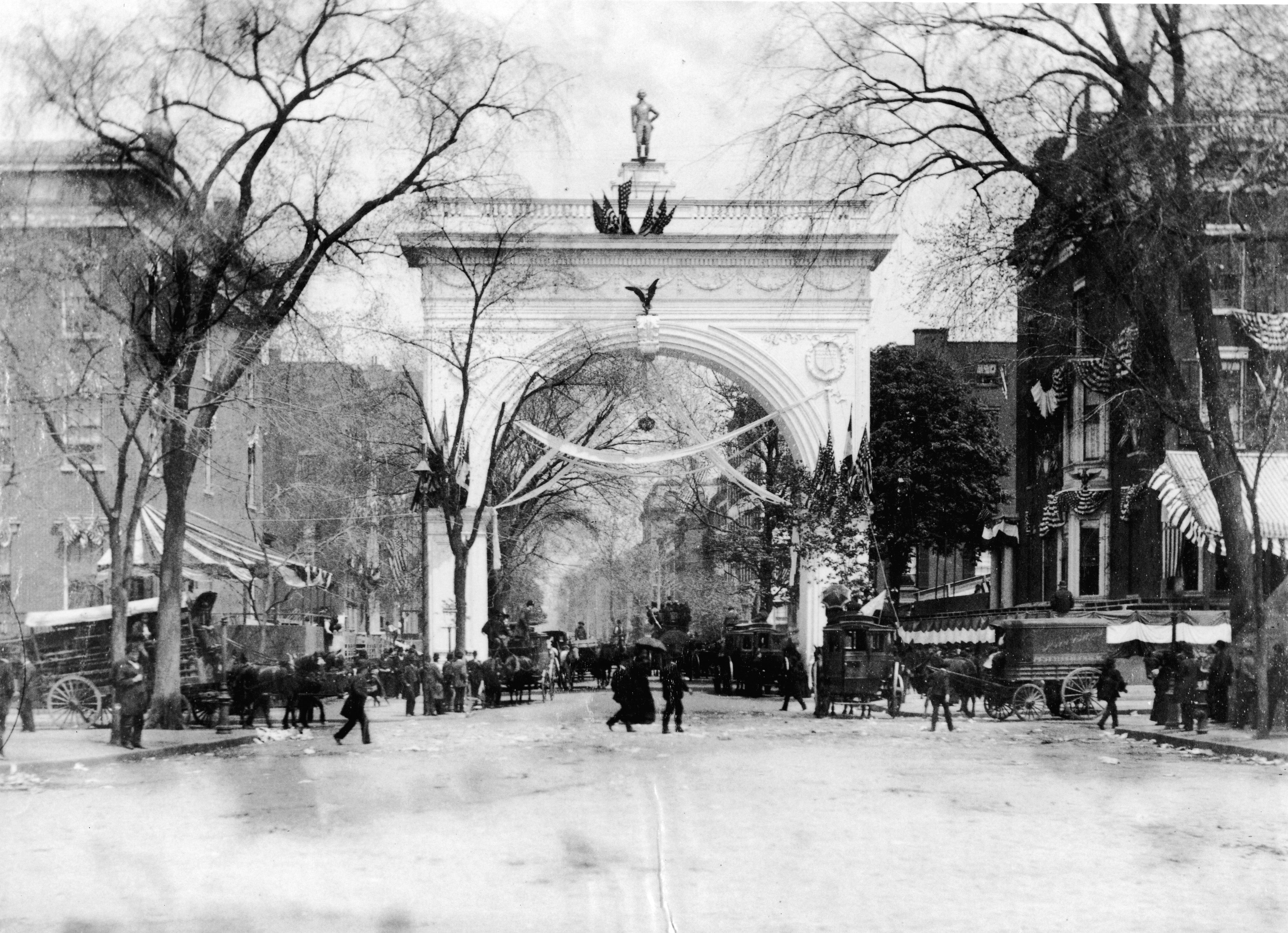
“Washington D.C. was an incredibly violent place, especially during its pre-Civil War and Civil War era, and up through the Gilded Age as well,” Dickey said on The Takeaway podcast. “One reason it was so incredibly violent was because of the lack of police presence. You had a handful of constables who were expected to patrol beats that were miles long. Crime routinely broke out, mob violence, and all other aspects of bad and criminal behavior, as well as socially-accepted violence.”
At the same time, the slave trade was booming in the capital. “The legacy of slavery is a deep and disturbing one, and it’s one that’s really hard to get away from when you plunge into the history of the city,” Dickey added.
After the outbreak of the Civil War in April 1861, Congress established the Metropolitan Police Department in a bid to tackle the ensuing disorder.
“It was a time of constant danger in the Nation’s Capital,” according to the Washington D.C. Metropolitan Police Memorial and Museum. “With the beginning of the Civil War, an army was billeted in the city, government employees were increased by ten-fold, and hordes of unsavory elements descended upon the District’s few square miles.”
1950–1970s: ‘A utopia for criminals’ and Nixon declares D.C. ‘crime capital of the US’
During President Dwight Eisenhower’s first term, there were several consecutive years where the city experienced a decline in reported crime, though the authors of a controversial 1951 book declared D.C. “a cesspool of iniquity and a Utopia for criminals.”
Reported crime had dropped by nearly 20 percent over three years from 1954 to 1957, a 1978 Justice Department report noted. But a spate of violent offenses toward the end of the decade targeting public officials heightened public alarm.
“In August 1959 there was the mugging of the widow of former Deputy Defense Secretary Donald Quarles, the brandishing of a knife at Congressman Diggs, the murder of an Air Force sergeant, and a gang beating of a police officer,” the report said. “These events mobilized renewed official concern and action.”
In 1968, in the wake of the assassination of Dr Martin Luther King Jr in Memphis and the subsequent riots that ignited across the country, Richard Nixon declared D.C. one of the “crime capitals of the nation.”
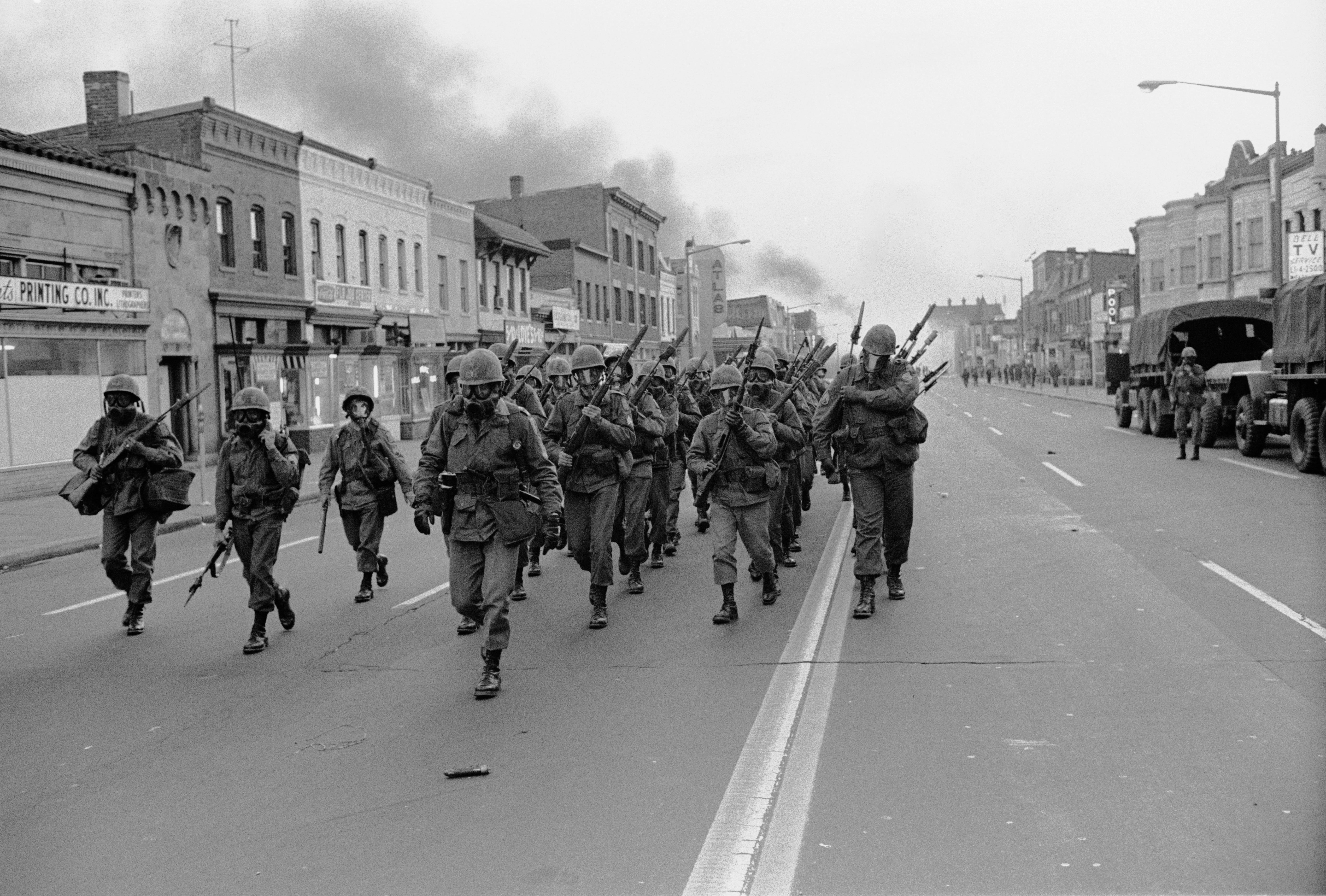
As anger rippled through the city, 13 people died in the violence and more than 900 businesses were destroyed. Police and firefighters became overwhelmed and federal troops moved in.
“The disorders and the crime and the violence that are now commonplace in Washington are more than a national disgrace,” Nixon said on the campaign trail, citing a 67 percent increase in the homicide rate between July 1967 and July 1968.
Conservative lawmakers have for generations used denigrating language to describe the condition of major American cities and called for greater law enforcement, often in response to changing demographics in those cities driven by non-white populations relocating in search of work or safety from racial discrimination and state violence, the Associated Press noted.
1980s – late 1990s: A decade of ‘unbelievable violence’
Washington, D.C. was in the grip of a drug crisis from the late 1980s into the late 1990s as a crack cocaine epidemic, fueling gang violence, took hold.
“The city was going through a terrible time,” Ruben Castaneda, a former reporter at The Washington Post, told the BBC in 2014. “Through the late 80s to mid-to-late 90s there were just unbelievable levels of violence behind crack cocaine, and fights over drug turfs, witness killings and retaliatory killings.”
The annual homicide rate hit over 400 by 1989 as the city was once again branded the “murder capital” of the U.S.
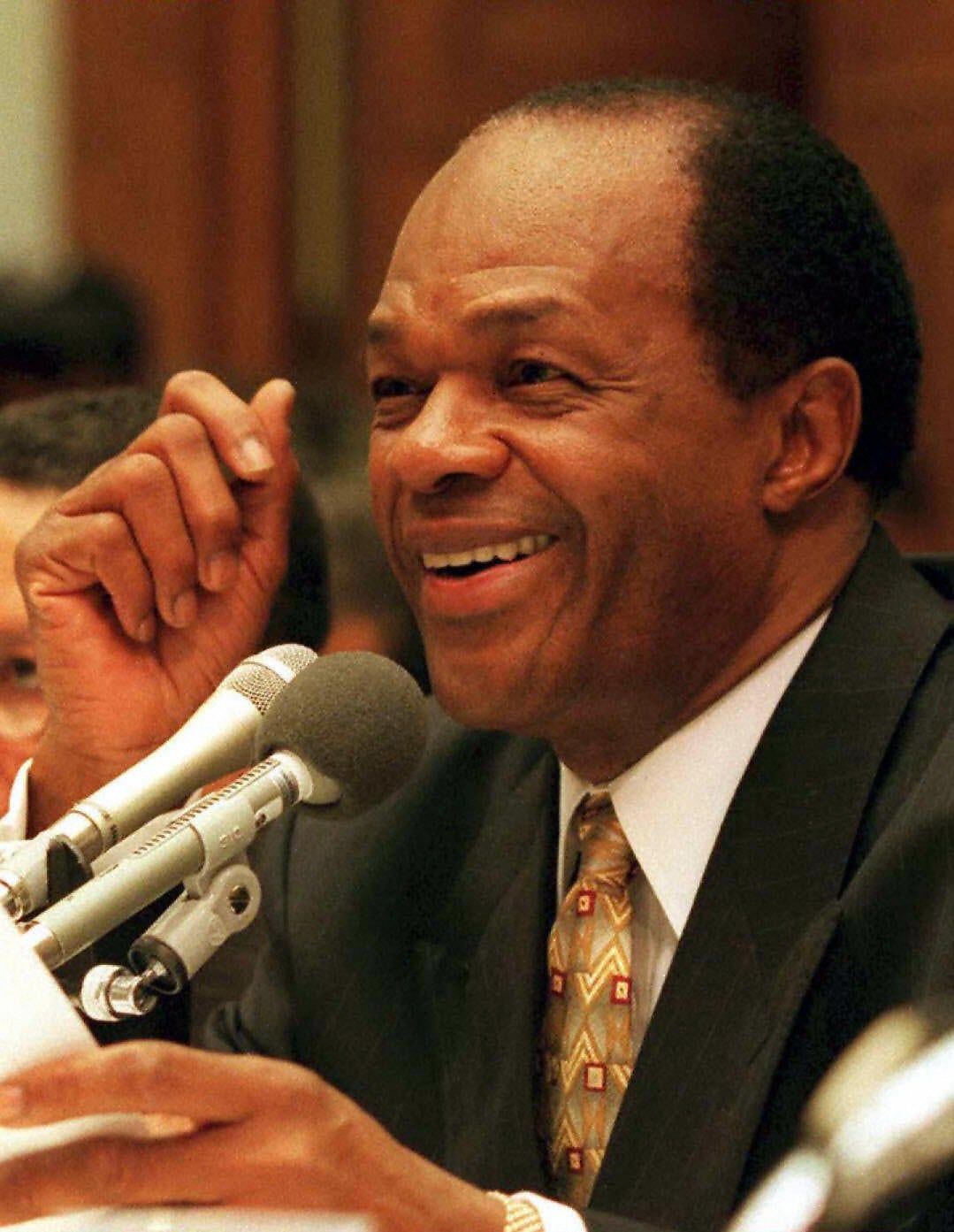
Its image wasn’t helped by the arrest of the city’s scandal-plagued Mayor Marion Barry in 1991, who was caught on camera smoking crack cocaine in a sting operation.
Despite serving a six-month prison sentence for cocaine possession in 1991, he remarkably reclaimed the job in 1995.
Barry, who died in November 2014, wrote in his autobiography that back then he was fueled by a “mix of power, attraction, alcohol, sex and drugs.” Despite his “tumultuous” life, as former President Barack Obama put it, Barry was praised for advancing civil rights while he was in office.
Meanwhile, by 1991, the city set a grim new record of 482 recorded murders, which was the worst murder rate in 20 years.
2000s – today: A declining crime rate but fears remain
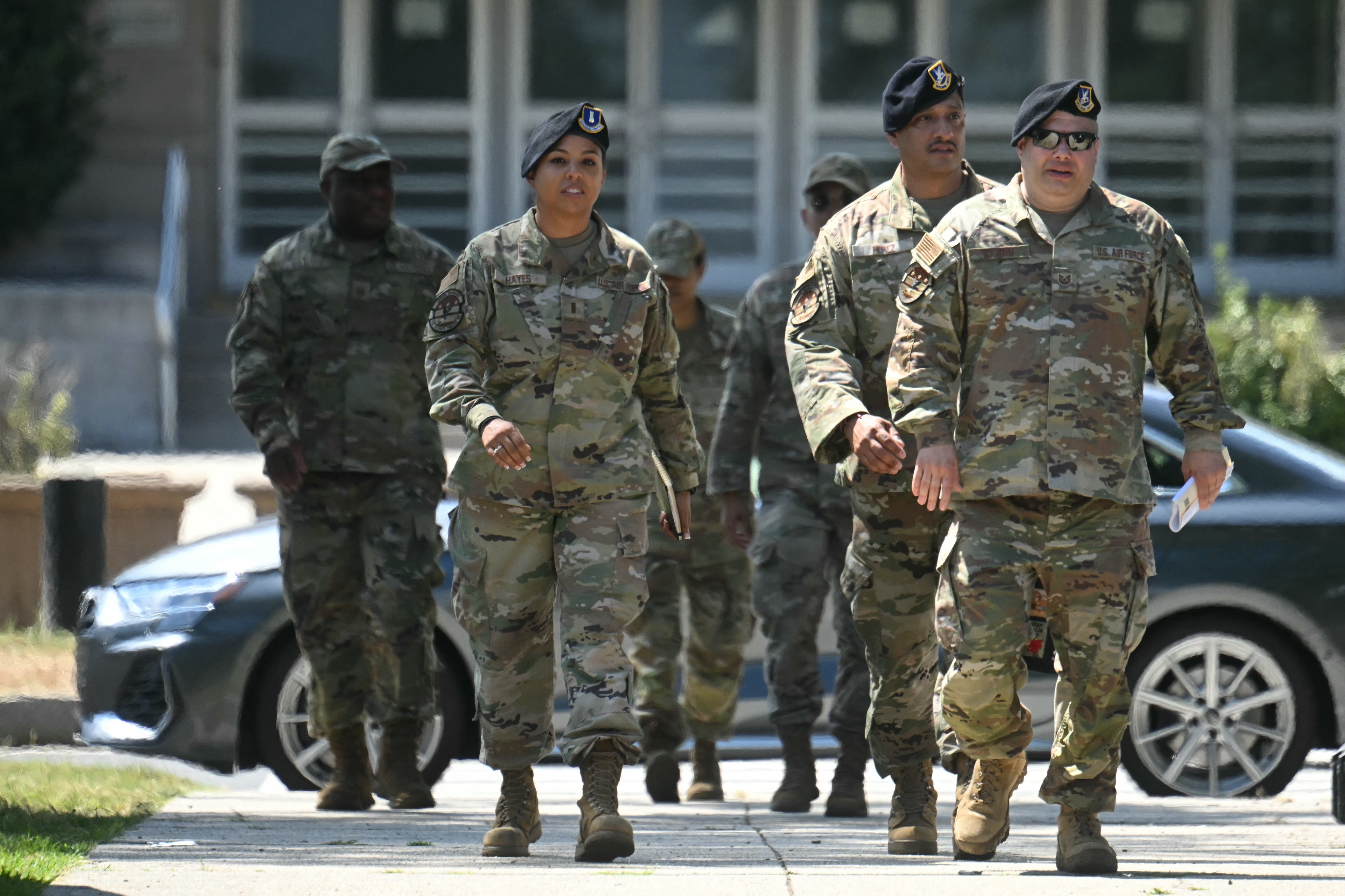
The levels of violence seen in the 80s and 90s are down a significant amount today.
Lehman noted that a 2005 strategy targeting the people and places that drive violence, implemented by the Metropolitan Police Department and the federal government, saw homicide rates drop. “The success of 2005’s initiative shows that the administration does not need to preempt the District in order to bring crime down,” Lehman wrote in the Atlantic.
In 2012, D.C. recorded an “astoundingly low” 88 murders, which has ticked up again in the last 10 years, crime data analyst Jeff Asher, co-founder of the firm AH Datalytics, wrote in a Substack post.
“Murders in DC peaked in 2023, began falling in 2024, and have been steadily falling through July 2025,” Asher wrote.
“The bottom line is that violent crime in DC is currently declining and the city’s reported violent crime rate is more or less as low now as it has been since the 1960s,” Asher added, with a disclaimer that not all crimes are reported to police. “The city’s official violent crime rate in 2024 was the second lowest that has been reported since 1966.”
What is undeniable is the growing public concern over safety in D.C.
A poll by The Washington Post conducted last year found that 65 percent of D.C. residents said crime is an “extremely serious” or a “very serious” problem, up from 56 percent in 2023.
“The city has a real problem,” Lehman said. “Someone needs to be responsible for fixing it.”


